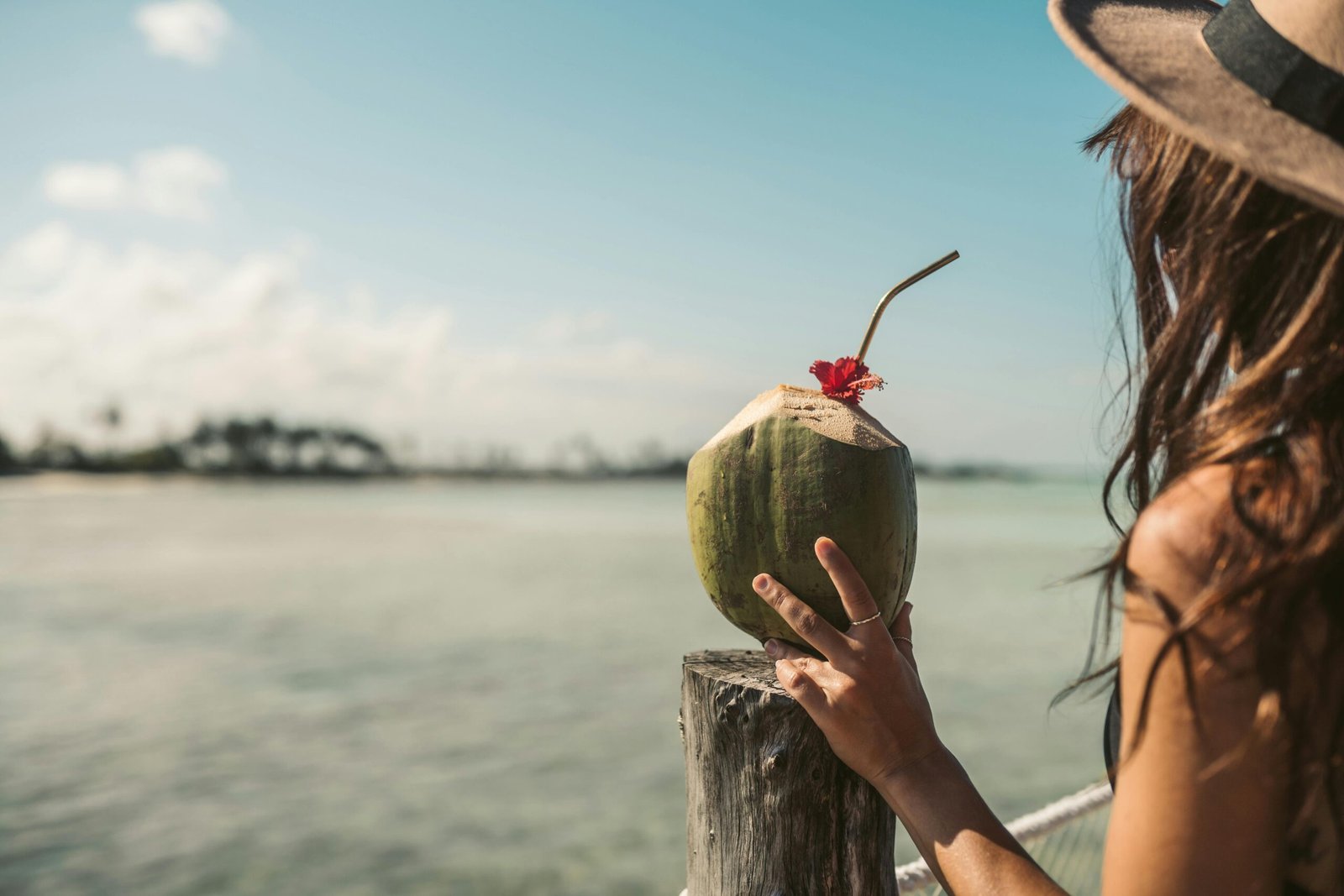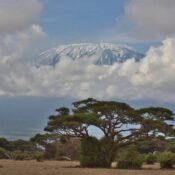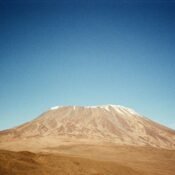
Diving in Tanzania: Discovering Underwater Wonders
Tanzania is celebrated for its sweeping savannahs, majestic wildlife, and towering peaks like Mount Kilimanjaro. But beneath its turquoise waves lies another world equally breathtaking—the underwater realm of the Indian Ocean. Diving in Tanzania is a hidden gem, offering crystal-clear waters, vibrant coral reefs, and a rich tapestry of marine life that rivals the country’s terrestrial wonders. Whether you’re a seasoned diver or a curious beginner, Tanzania’s dive sites deliver an unforgettable experience beneath the surface.
The Marine Geography of Tanzania
Tanzania’s coastline stretches over 1,400 kilometers along the Indian Ocean. It encompasses a diverse array of marine environments, including coral reefs, atolls, seagrass beds, mangroves, and deep channels. The two most renowned diving destinations are the Zanzibar Archipelago—comprising Zanzibar (Unguja), Pemba, and Mafia Islands—and the lesser-known coastal dive sites near Tanga and Dar es Salaam.
This region falls within the Coral Triangle, one of the world’s most biodiverse marine areas. Tanzania’s warm tropical waters, consistent visibility, and year-round diving conditions make it an ideal destination for marine adventurers.
Zanzibar: The Iconic Dive Destination
Zanzibar is perhaps the most famous name associated with Tanzanian diving. Known for its exotic beaches, spice tours, and Swahili culture, it also hosts some of the finest diving opportunities in East Africa.
Mnemba Atoll
Located just off the northeast coast of Zanzibar, Mnemba Atoll is a marine reserve famed for its rich biodiversity. Divers here can expect to see large schools of barracuda, moray eels, turtles, and reef sharks. The shallow lagoons make it beginner-friendly, while outer reef walls and drift dives cater to advanced divers.
One of the most popular sites is the Coral Gardens, where an explosion of color awaits—hard and soft corals teeming with anthias, angelfish, and butterflyfish. Occasionally, dolphins make surprise appearances, turning a great dive into a magical one.
Leven Bank
A more advanced dive site, Leven Bank lies about 10 kilometers off Zanzibar’s northwest coast. Strong currents attract pelagic species like tuna, trevally, and sometimes hammerhead sharks. The seamount rises from deep waters, creating an underwater oasis filled with massive groupers, rays, and jacks.
Pemba Island: Pristine and Untouched
Pemba, the northernmost island in the archipelago, is often overshadowed by Zanzibar. However, for serious divers, Pemba offers what many call the most pristine diving in all of East Africa.
The Pemba Channel drops off dramatically from the island’s western shore, giving rise to dramatic wall dives and deep-sea thrills. Sites like The Edge, Swiss Reef, and Shimba Hills offer vibrant coral, large sponges, and sheer walls that plunge into the abyss.
Marine life is abundant and diverse—reef sharks, Napoleon wrasse, eagle rays, and vast schools of fusiliers are common sights. Due to the strong currents and depth, many of Pemba’s dive sites are better suited to experienced divers, but they are well worth the challenge.
Mafia Island: A Gentle Paradise
South of Zanzibar lies Mafia Island, part of the Mafia Island Marine Park—the largest marine protected area in Tanzania. Mafia is quieter and less developed than Zanzibar, giving it a tranquil charm that appeals to divers seeking serenity alongside natural beauty.
Chole Bay
Most of Mafia’s dive sites are located in Chole Bay, a sheltered lagoon perfect for beginners and macro enthusiasts. Nudibranchs, ghost pipefish, frogfish, and seahorses hide among coral bommies and rubble beds. The shallow depths and calm waters are perfect for long, slow dives focused on the small wonders of the reef.
Kinasi Pass and Outside Reef
For more advanced divers, the outer reefs offer exhilarating drift dives with stronger currents. Kinasi Pass is a highlight, where incoming tides bring in larger species like reef sharks, barracuda, and big-eye trevally. Visibility here can exceed 30 meters on a good day.
Seasonal Highlights: Whale Sharks and Humpbacks
One of the most unique diving experiences in Tanzania is the chance to swim with whale sharks. These gentle giants visit the waters around Mafia Island between October and February. While snorkeling is the main way to encounter them (as they feed near the surface), the thrill of swimming alongside the world’s largest fish is unmatched.
From July to September, the coastal waters also host migrating humpback whales. Though sightings are more common on the surface or during boat rides, lucky divers have occasionally encountered these giants beneath the waves.
Marine Conservation and Sustainable Diving
Tanzania’s marine ecosystems face pressures from climate change, overfishing, and tourism. Fortunately, a growing number of conservation initiatives are helping to protect the underwater environment. Marine parks like Mafia Island and Mnemba Atoll enforce strict regulations on fishing, anchoring, and dive practices to ensure the reefs remain healthy.
Diving operators across Tanzania are increasingly adopting eco-conscious practices, from using reef-safe sunscreen to supporting local marine education projects. Participating in these efforts not only protects the ocean but also deepens a diver’s connection to the places they explore.
Dive Conditions and Practical Tips
- Water Temperature: Warm year-round, typically between 25°C to 30°C (77°F to 86°F). A 3mm wetsuit is usually sufficient.
- Visibility: Ranges from 10 to 30 meters depending on the season and location.
- Best Time to Dive: Generally, the dry seasons from June to October and December to March offer the best conditions.
- Certification Levels: Sites range from beginner-friendly lagoons to advanced drift dives. PADI and SSI certifications are offered at many dive centers.
- Gear Rental: Most dive shops provide full gear rental. However, bringing your own mask and fins is recommended for comfort.
Beyond Diving: Culture and Island Life
Part of what makes diving in Tanzania so special is the blend of underwater beauty with rich cultural experiences. After a day of diving, you can explore historic Stone Town in Zanzibar, visit local fishing villages on Pemba, or enjoy a seafood feast on Mafia Island.
The Swahili coast is steeped in centuries of maritime history, influenced by Arab, Indian, and African cultures. You’ll find spice markets, dhow-building workshops, and a rhythm of life that feels both timeless and deeply connected to the sea.
Final Thoughts:
Tanzania is more than safaris and savannahs it’s a country with an aquatic soul. Diving here offers a chance to discover marine ecosystems as wild and diverse as the Serengeti. Whether you’re marveling at a whale shark’s grace, drifting along a coral wall in Pemba, or spotting tiny critters in a sandy Mafia lagoon, the underwater wonders of Tanzania are sure to leave a lasting impression.
So pack your fins, grab your dive log, and plunge into one of Africa’s best-kept secrets. The Indian Ocean is calling and its treasures await beneath the waves.




